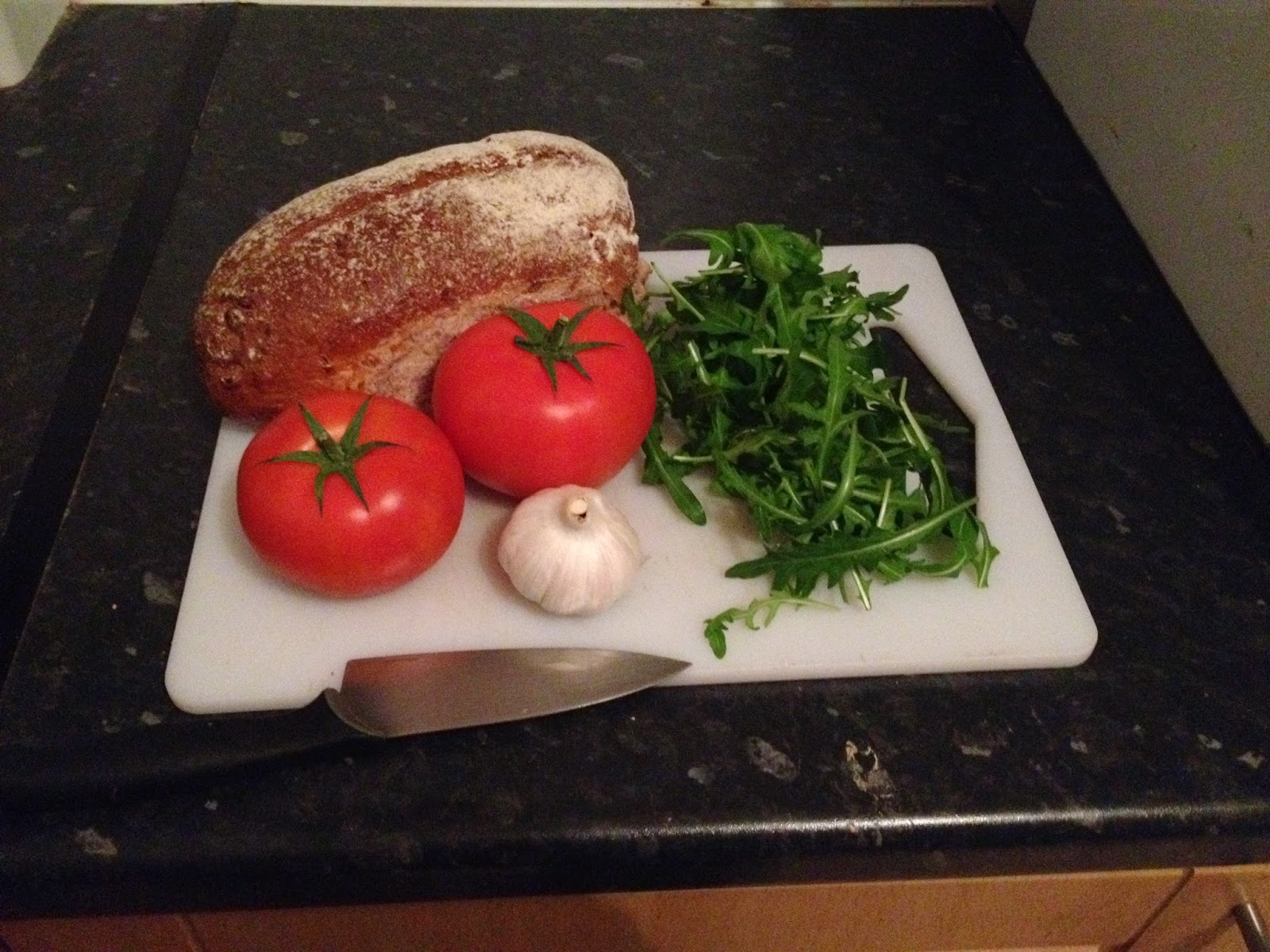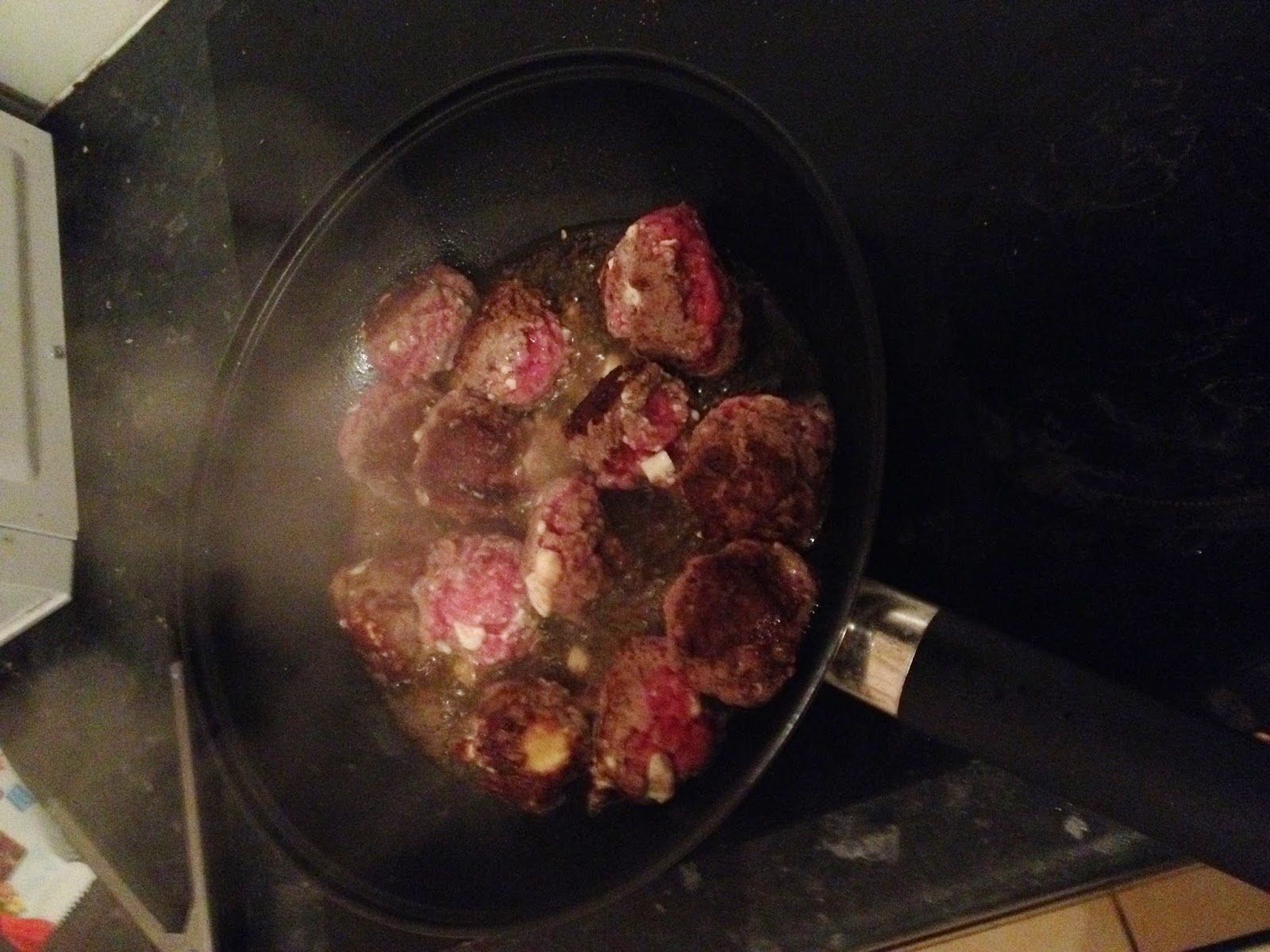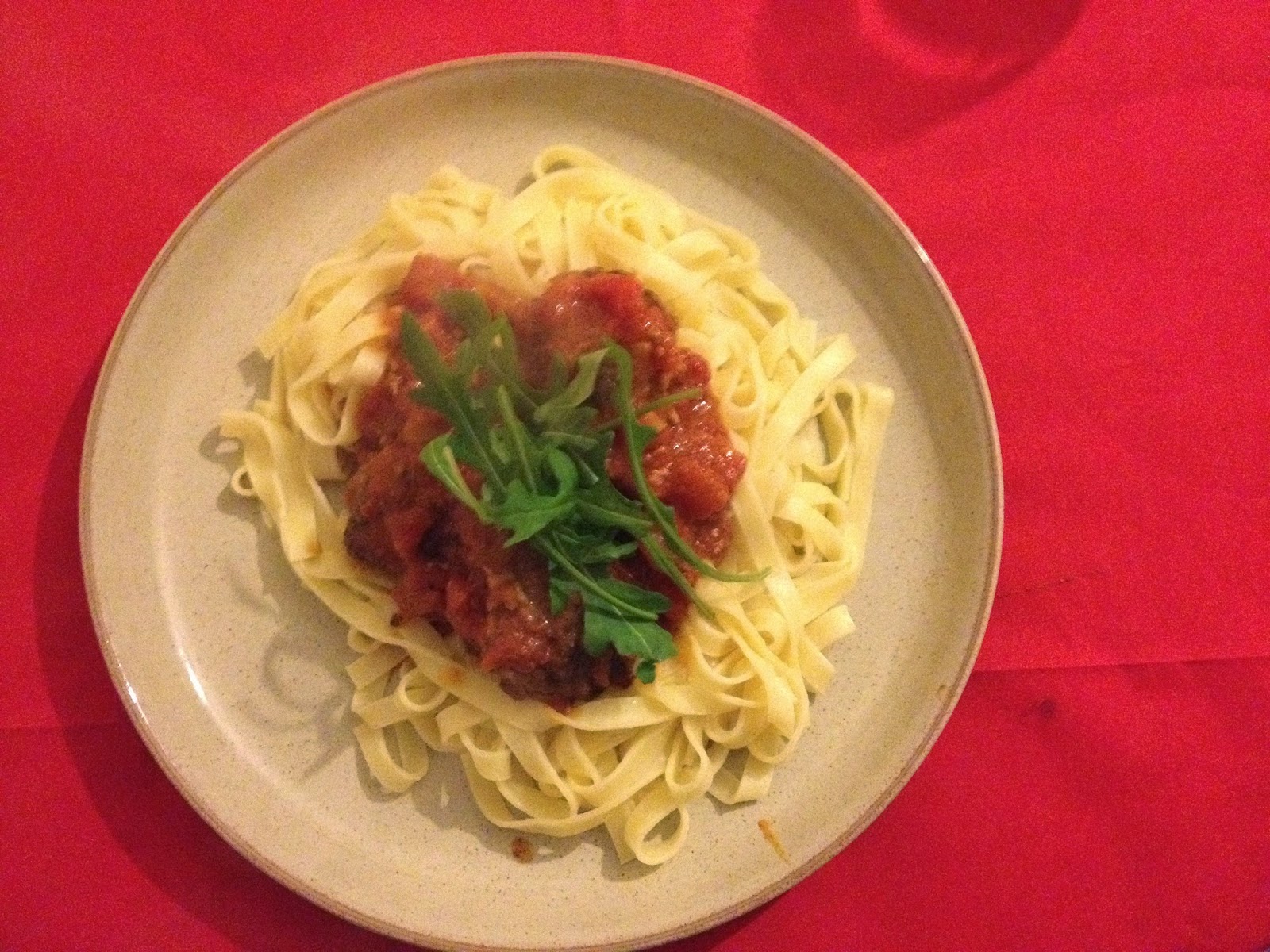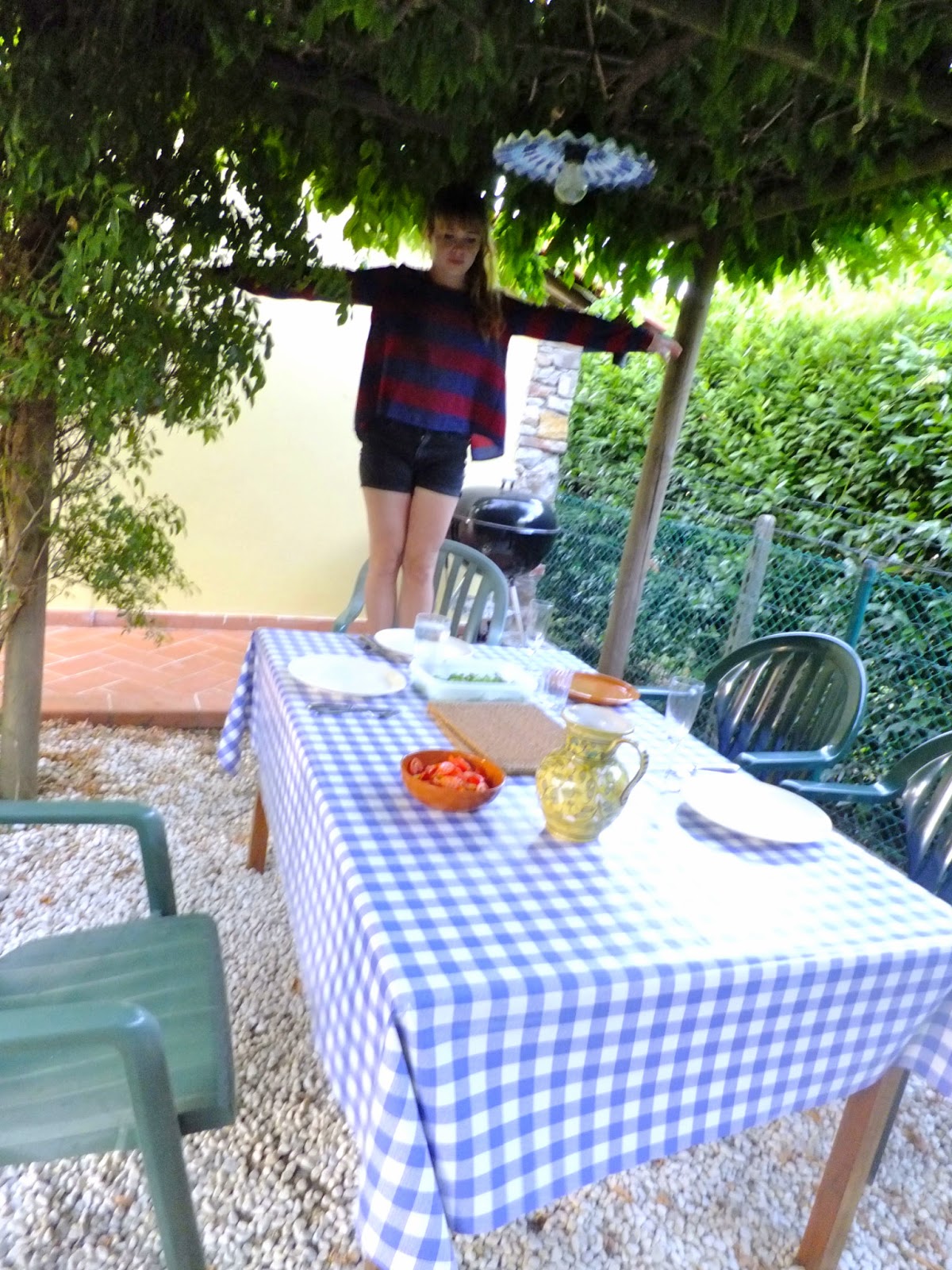As I have
been writing this blog about literature, food and travel I have found that
there is one thing they all have in common; the ability to create memories. In
the same way a dish can bring back memories from a place and the atmosphere it
carried, the novel you took with you on holiday can also become an item that
reminds you of that place and time. The concept of memories being evoked
through food is frequently explored in Norah Ephron’s novel Heart Burn (1983). In this passage she
conveys how memories of travel and food are carried out through the narrator’s
writing:
I’ve
gotten to the point in the story where I return to Washington, and that brings
me to Siegels; and therefore it brings me to the linguine alla cecca recipe.
The four of us went to Italy a few years a go, and Julie Siegel and I managed
to wangle the recipe from the proprietor of a restaurant in Rome. We also spent
quite a lot of time after working on Pesto, because we went to Italy in 1977,
and in 1977 everyone was eating pesto. (101)
As
for the linguine alla cecca it’s a hot pasta with a cold tomato and basil
sauce, and it’s so light and delicate that it’s almost like eating a salad. It
has to be made in the summer, when tomatoes are fresh. Drop 5 large tomatoes
into boiling water for one full minute. Peel and seed and chop. Put into a
large bowl with 1\2 cup olive oil, a garlic clove sliced in two, 1 cup chopped
fresh basil leaves, salt and hot red pepper flakes. Let it sit for a couple of
hours, then remove the garlic. Boil one pound of linguine, drain and toss with
the cold tomato mixture. Serve immediately. (101)
The way in
which the narrator incorporates her recipe as a part of her narrative seems to
convey how the recipe was a part of what constructed the atmosphere during her
stay in Italy. As she expresses the sensory experience that she associates with
the ‘linguine alla cecca’, she appears to be reminiscing the time she spent in
Italy, which seems to encourage the idea that maybe this atmosphere can be
recreated. However, she does specify that it may only be done ‘in the summer’, as that is the best time to
get the fresh tomatoes.
Conveniently,
I spent a couple of weeks in Italy two years ago, and I see this as a golden
opportunity to attempt to recreate one of the many delicious meals I was served
in one of Toscana’s many homely and fruitful gardens. The following recipe and photos will
demonstrate my humble attempt (including failures) to re-fabricate it:
Starter: Tomato and Mozzarella
slices, served on Garlic bread, with optional Rocket leaves and
Balsamic vinegar.
Main: Italian Feta-cheese
meatballs, served with Tagliatelle pasta and Herb infused Tomato sauce.
Starter:
 |
| Walnut bread, tomatoes, rocket leaves, garlic, and the mozzarella which I forgot to include in this photo. |
 |
| Slice the tomatoes and mozzarella in the thin slices before you layer them on a plate for serving. |
 |
| Cut the bread into healthy sized slices and chop two garlic cloves until you are tired of chopping. |
 |
| Rub the garlic onto the bread slices. |
 |
| Pop them in the preheated oven (200 degrees) for about 10 minutes. |
 |
| Add the optional rocket leaves and balsamic vinegar if you fancy it. |
 |
| Serve whilst cold and fresh. |
 |
Since by bread burnt I did not have the option to layer the tomato and mozzarella on top of the bread.
However, it turned out to be a good thing, as it meant I had more room for the main dish. |
Main:
 |
| Mix 500 grams of beef mince, 1 egg and 1 teaspoon each of salt, pepper and Italian herb mix. |
 |
| Add about 100 grams of diced classic feta cheese |
 |
| To smoothen the mix, add 1 tablespoon of olive oil and pour the same amount into the heated pan. |
 |
| Form the meatballs into golfball-like shapes before you put them in the pan. |
 |
| Fry them until their brown all around (not burnt, like some of mine are) |
 |
| Add two cans of garlic infused chopped tomatoes. |
 |
| Let is simmer, with a little boil to it until the meatballs are cooked all the way through (about 30 min). |
 |
| Add a teaspoon of salt, pepper, oregano and Italian herb mix for extra flavour. |
 |
| Have a well deserved glass of red wine whilst you wait. |
 |
| Cook the fresh pasta for 4 minutes before serving. |
 |
Serve hot with a few green leaves on top to make it look extra yummy.
|
Was the recreation successful?
Before I reveal the result I want to show
you a few photos to demonstrate which atmosphere I was aiming to refabricate:
 |
| The fruitful garden where I was served a wide range of delicious Italian meals. |
 |
| Prosecco in-between the dishes. |
 |
The family's seasonal dining room enclosed by passionfruit trees.
As I am sure
you all have figured out by now, my attempt to recreate the Italian atmosphere
through cooking was unachievable. Although I must admit that the food was
delicious, and my Waitrose purchased red tablecloth did add to the atmosphere,
there was no denying the fact that I was still stuck with the dishes at the end
of the night. I guess there is something to what Nora Ephron wrote in her novel
about the ‘linguine alla cecca’ having to be cooked in the summer when the
tomatoes are fresh. My attempt to refabricate not only an Italian meal, but the
atmosphere of peak summer time in Toscana does seem a bit ridiculous in
hindsight, especially when I did so in a student flat in Roehampton which could
not possibly have been any further from the real thing.
Work Cited:
Ephron, N. Heart Burn. London: Virago Press, 2013.
|












